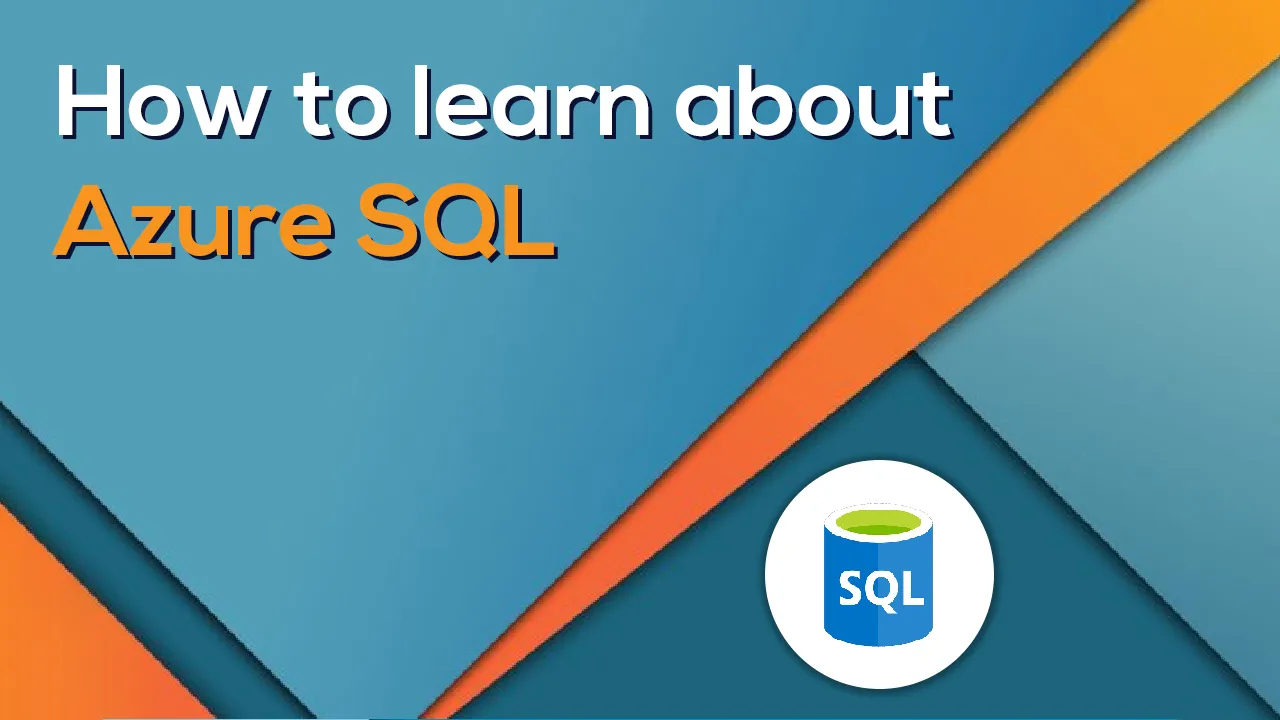It was always important to me to keep up with the latest versions of SQL Server, but especially so when I was a database administrator or consultant. I wasn’t always able to work with the new versions right away in production, but at least I had an idea about features, capabilities, and benefits. Fifteen years ago, SQL Server typically ran on dedicated hardware in an on-premises data center, and failover clustering was the hot skill set. Today, SQL Server is more likely to be running in a VM – possibly in the cloud — but there are many more options, especially in Azure.
Microsoft has made many announcements about the Azure SQL platform over the past ten years or so. In addition to the VMs, you can take advantage of Azure SQL Managed Instances and Azure SQL Database. You’ll also find many options within Azure SQL Database, from serverless compute to hyperscale to elastic pool.
Even if you don’t think your organization plans to move to Azure anytime soon, things can change. A recently unemployed guy in an SSRS class I taught had never bothered to learn anything outside of his responsibilities for years because his company did not pay to send him to any classes. Now that he was looking for a new job, he found that his skills were woefully outdated. You never know what will happen, so it pays to keep up, but how do you do that with something like Azure SQL that requires a subscription and a credit card?
To avoid making learners pay to use Azure SQL, Microsoft recently released a free online course called Azure SQL fundamentals. Instead of using your own subscription to perform the exercises, each module creates a sandbox subscription that you can use for a few hours with no credit card required.
#azure #homepage #azure sql database #azure sql
